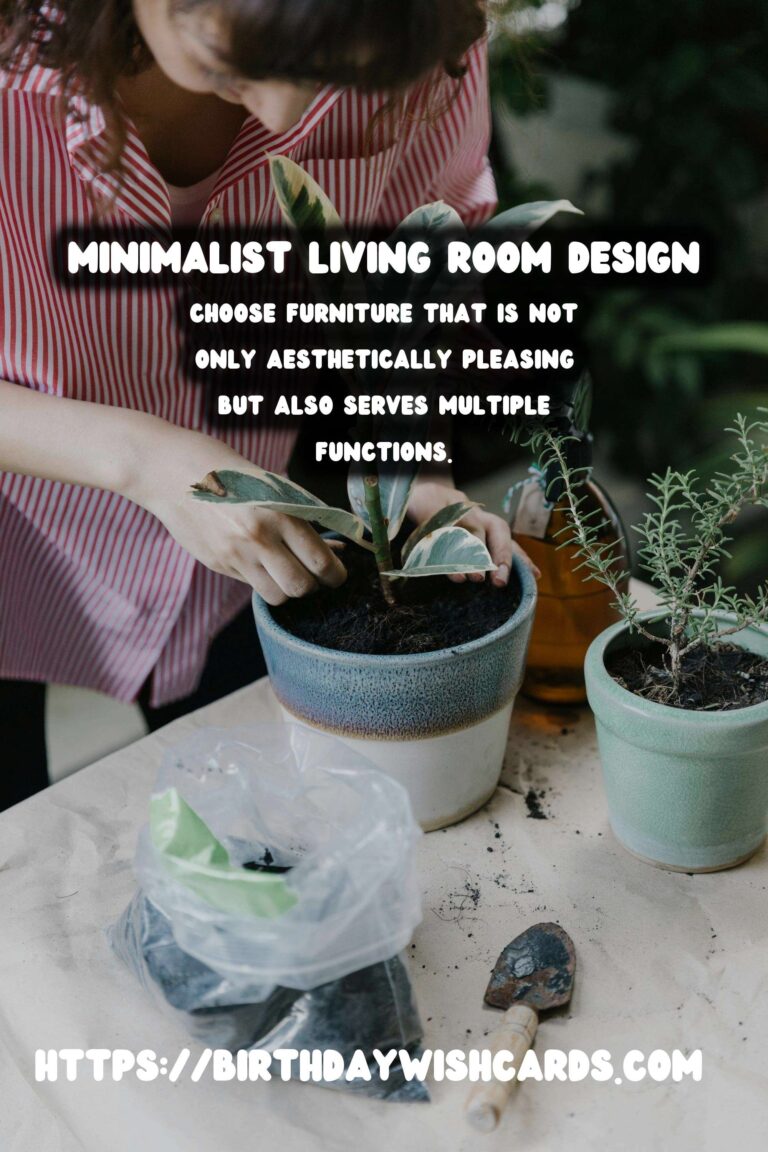
The minimalist living room is more than just a design trend; it is a lifestyle choice that emphasizes simplicity, functionality, and intentionality. By focusing on what truly matters, you can create a space that feels open, serene, and inviting. In this guide, we will walk you through the key elements of designing a minimalist living room with functional decor.
Understanding Minimalism
Minimalism is a design philosophy that revolves around the principle of ‘less is more.’ It encourages the removal of unnecessary items, focusing instead on essentials that serve a purpose. Minimalist decor is characterized by simplicity, clean lines, and a monochromatic palette with color used as an accent.
Key Elements of a Minimalist Living Room
1. Neutral Color Palette
Start with a neutral color palette. Shades of white, beige, gray, and black are staples of minimalist design. These colors create a calm and soothing environment. Use accents sparingly to add personality without overwhelming the space.
2. Functional Furniture
Choose furniture that is not only aesthetically pleasing but also serves multiple functions. A sofa with built-in storage or a coffee table that doubles as a workspace can help maintain a clutter-free environment.
3. Declutter and Organize
Decluttering is essential in minimalist design. Remove items that do not serve a purpose. Use organizational tools like baskets and boxes to keep items out of sight. Everything should have a designated place.
4. Quality Over Quantity
Invest in high-quality pieces that will stand the test of time. A well-made chair or a solid wood table will not only look better but also last longer, reducing the need for frequent replacements.
5. Thoughtful Decor
Incorporate decor that is meaningful and functional. Choose art that resonates with you personally. Plants are an excellent choice as they add life to the space without being overpowering.
Steps to Achieve a Minimalist Living Room
Step 1: Plan Your Space
Start by planning your space. Consider the layout and flow of the room. Decide on the key pieces of furniture you need and where they will be placed.
Step 2: Choose the Right Furniture
Select furniture that fits your space and meets your needs. Opt for pieces with clean lines and minimal embellishments.
Step 3: Organize and Declutter
Go through your belongings and remove anything that is not essential. Organize what remains to ensure everything is tidy and accessible.
Step 4: Add Functional Decor
Incorporate decor that serves a purpose, such as mirrors to enhance light and space or a stylish lamp for reading.
Step 5: Maintain the Minimalist Aesthetic
Regularly assess your living room and remove items that no longer serve a purpose. Keeping your space clutter-free is an ongoing process.
Benefits of a Minimalist Living Room
A minimalist living room offers numerous benefits. It creates a calm and peaceful environment, making it easier to relax and unwind. The lack of clutter reduces stress and increases focus. Additionally, it can make cleaning and maintenance much easier.
Conclusion
Creating a minimalist living room with functional decor is a rewarding process that can transform your living space into a tranquil retreat. By focusing on simplicity and intentionality, you can design a room that is both beautiful and practical.
Minimalism is a design philosophy that revolves around the principle of ‘less is more.’ Choose furniture that is not only aesthetically pleasing but also serves multiple functions. Decluttering is essential in minimalist design. Invest in high-quality pieces that will stand the test of time. Creating a minimalist living room with functional decor is a rewarding process. 
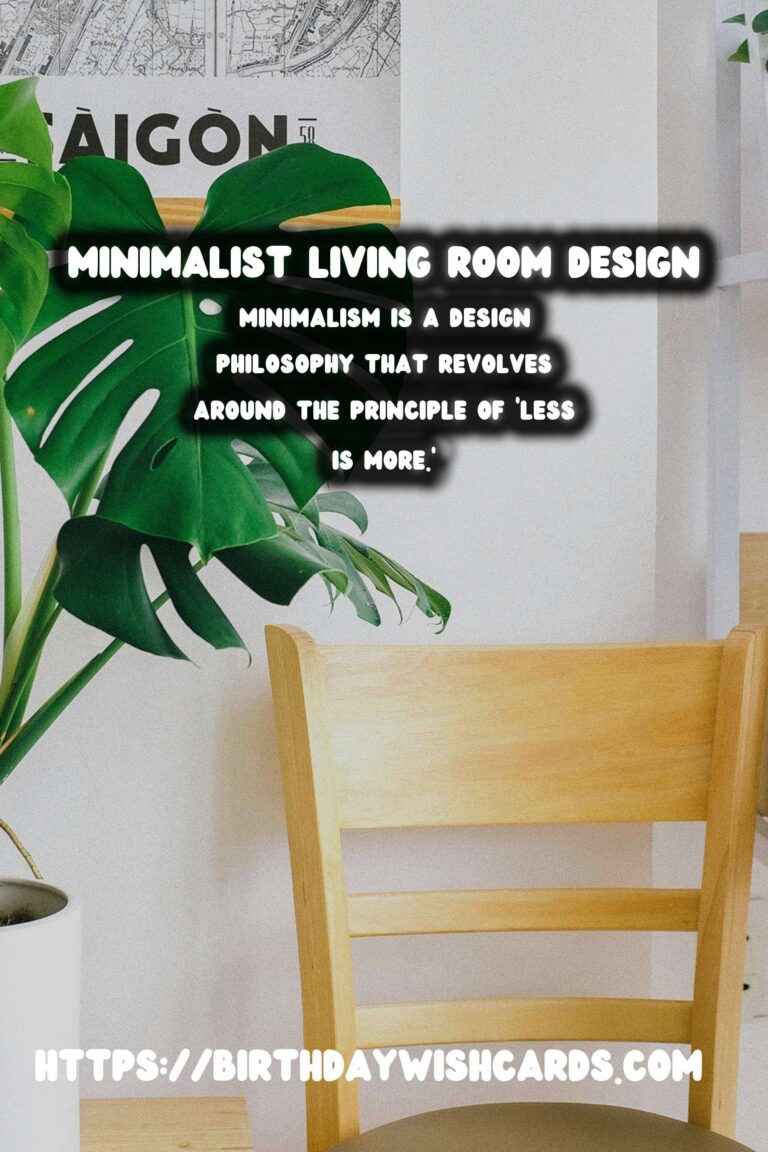
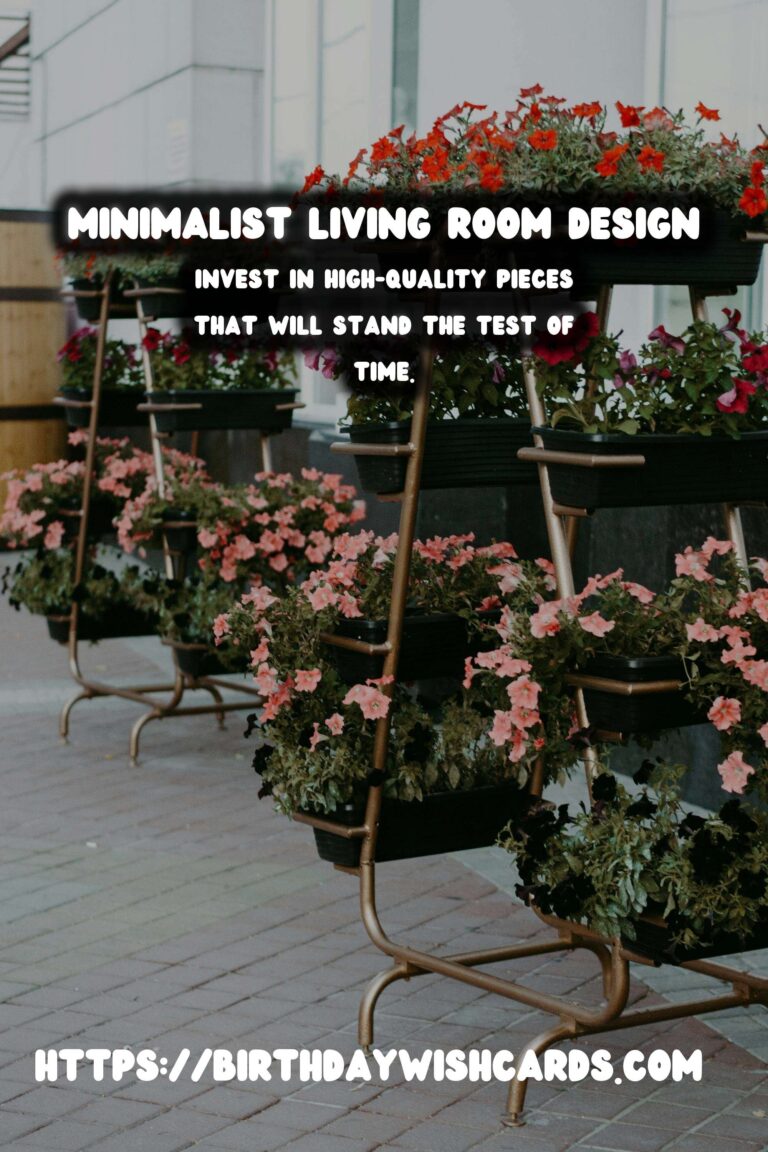
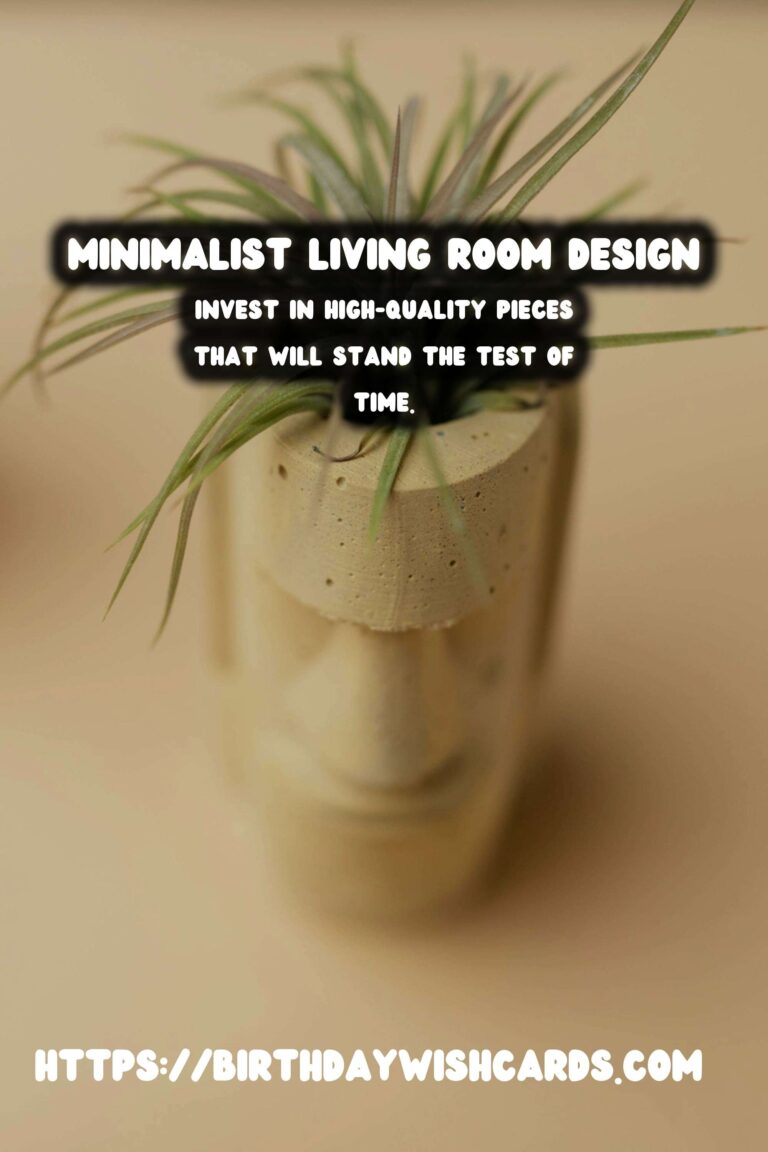
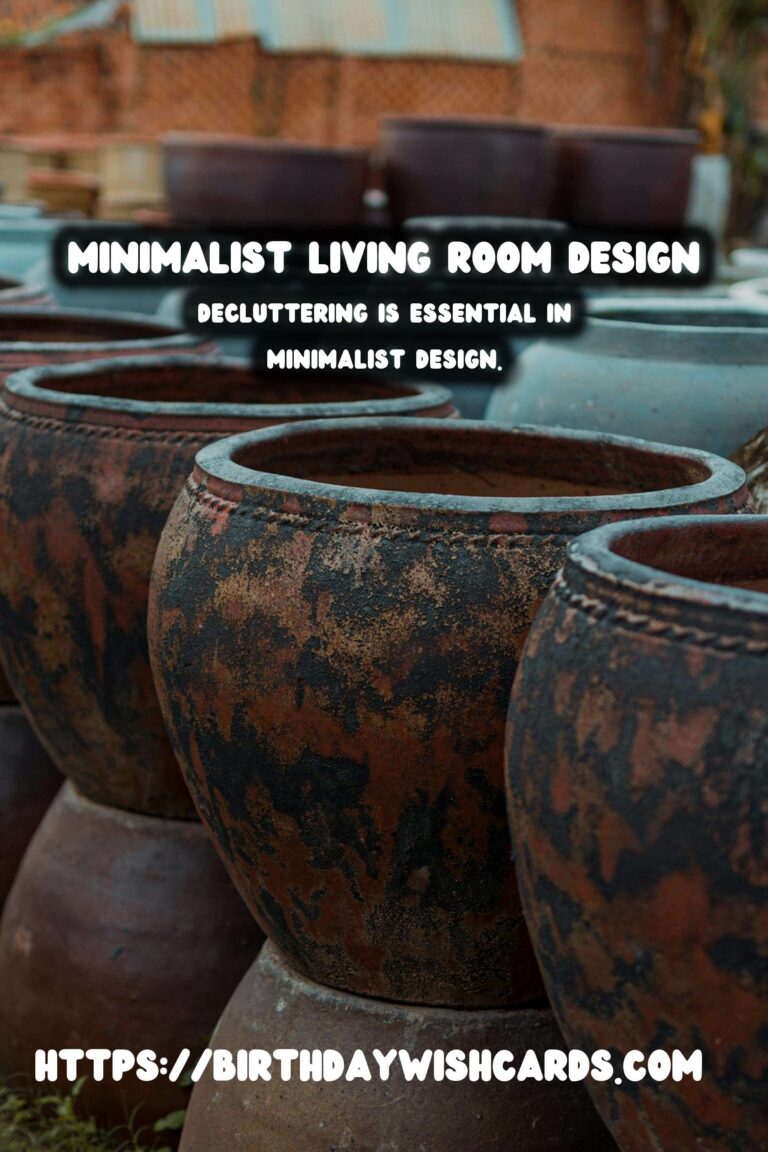
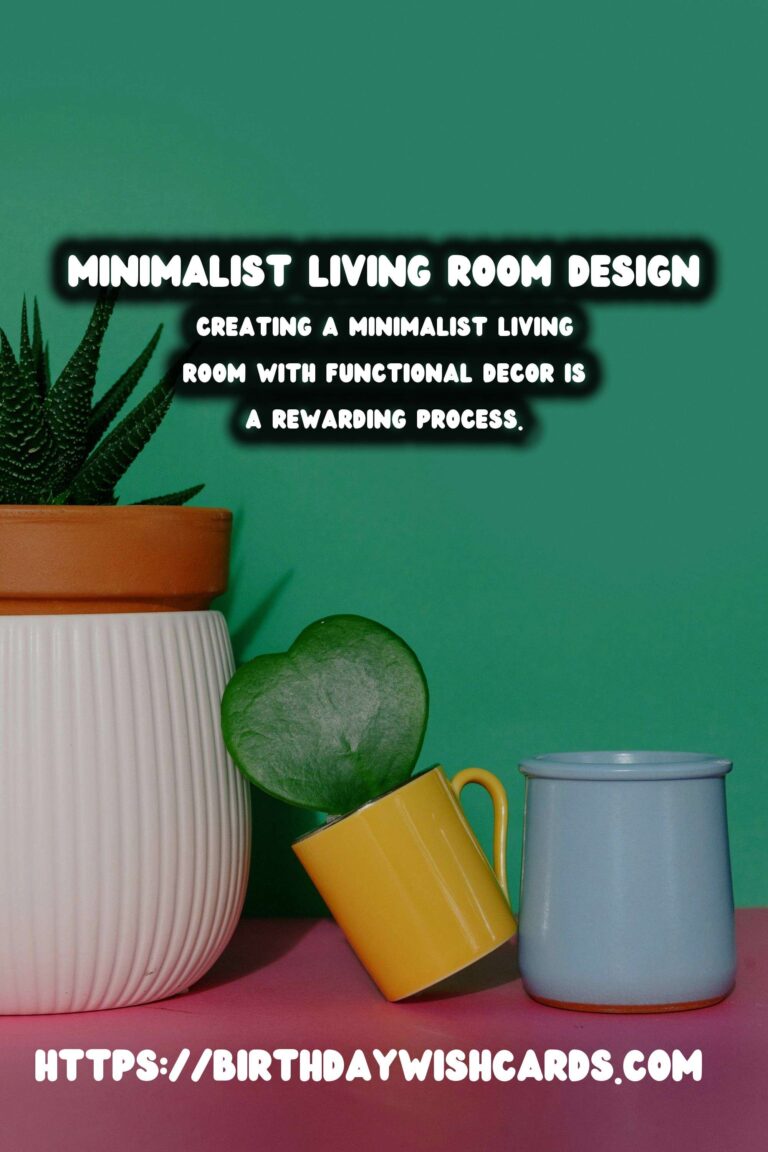
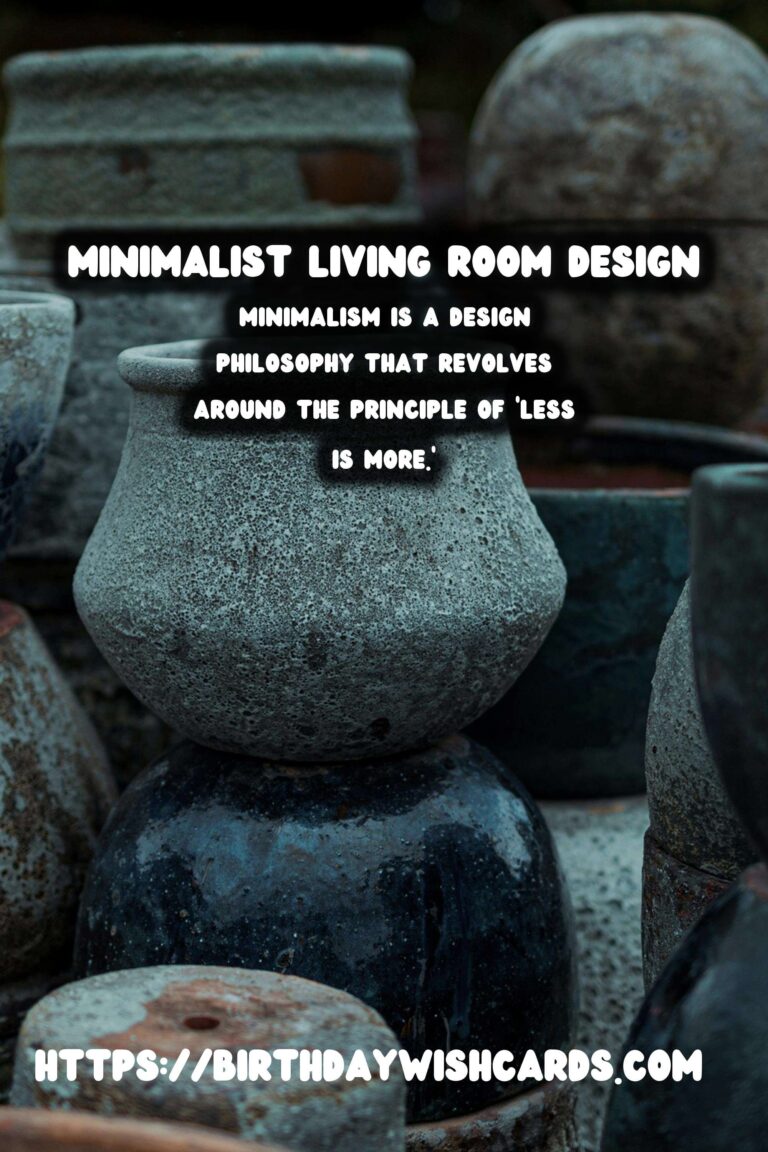
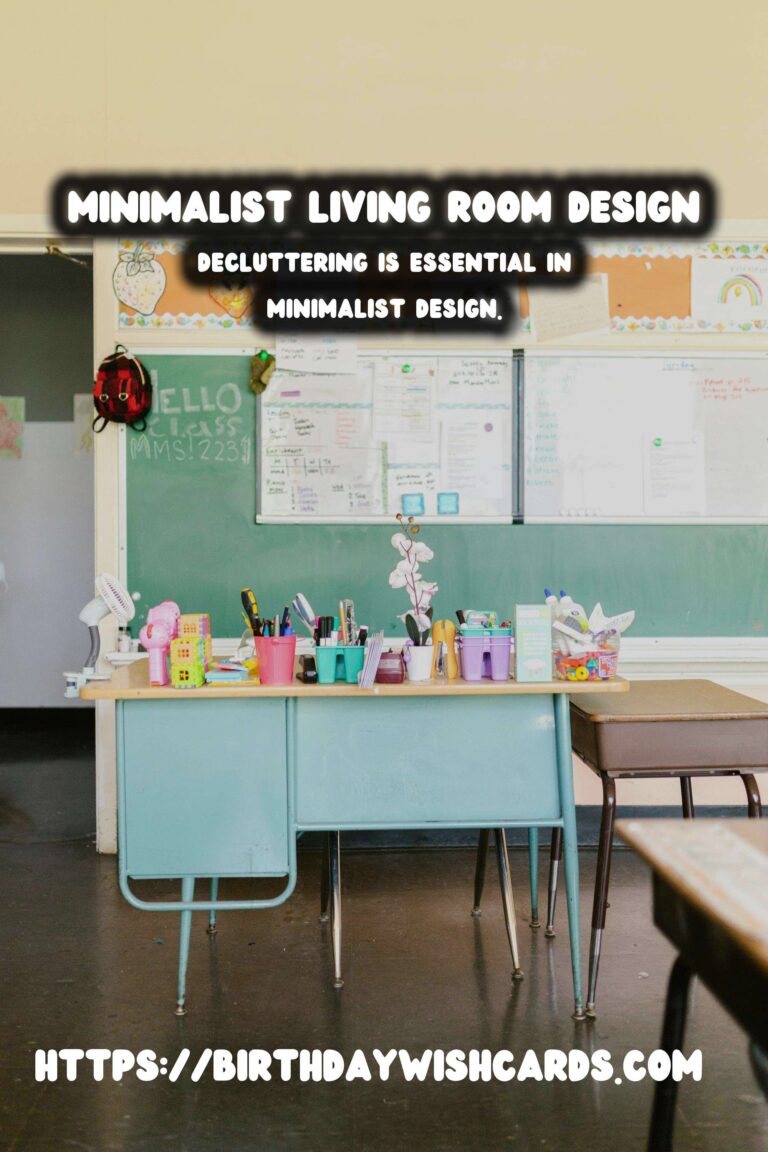
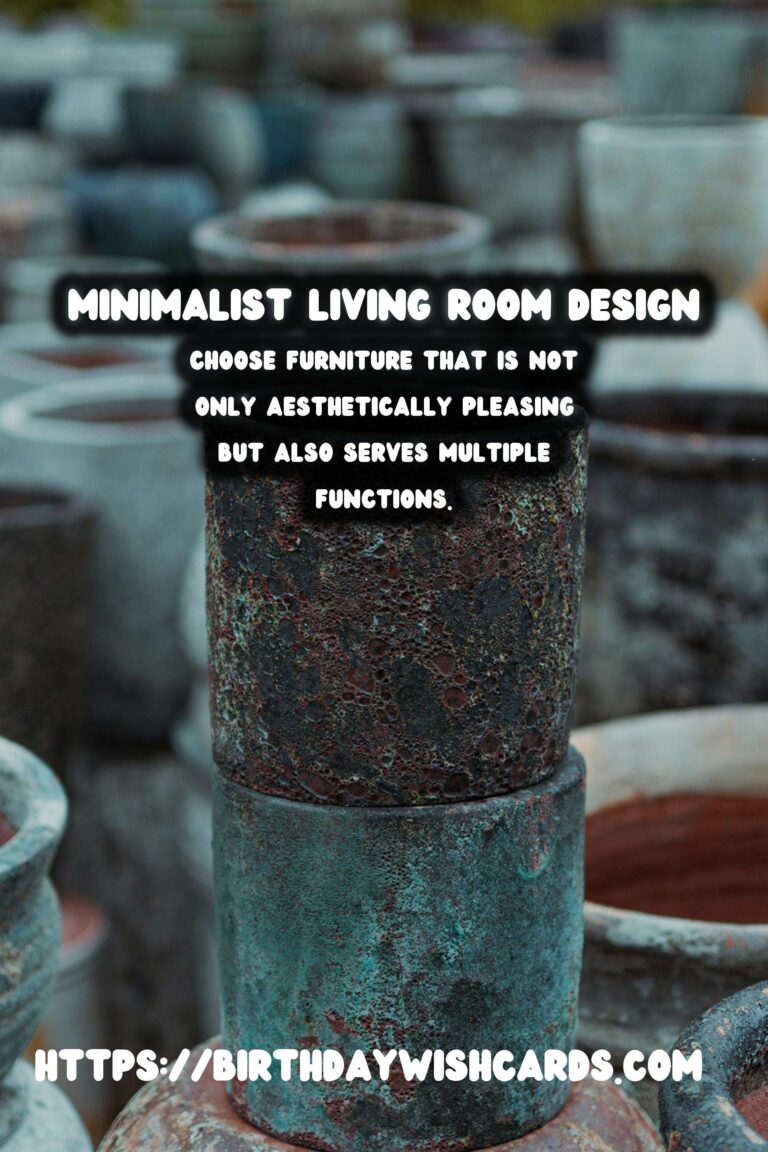

#Minimalism #LivingRoom #InteriorDesign #FunctionalDecor #HomeDecor




